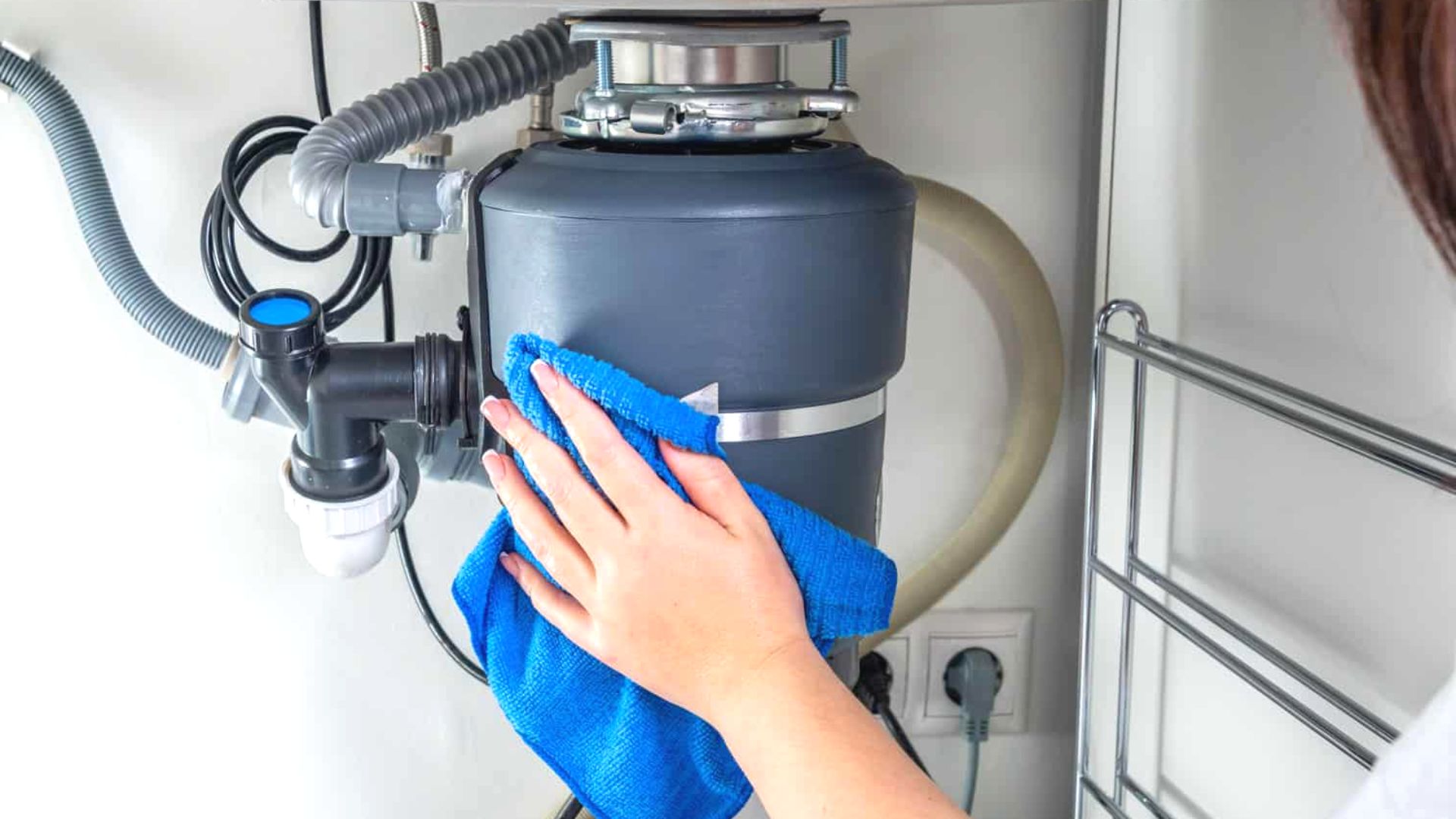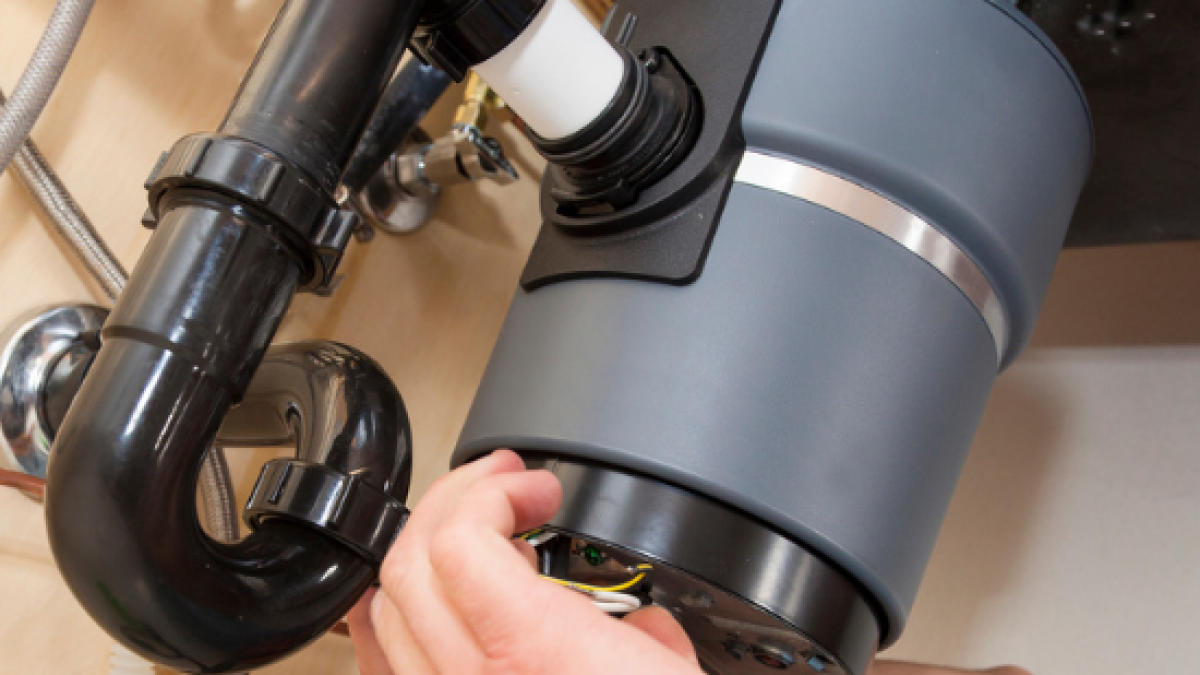Leading Methods for Resolving a Leak in Your Garbage Disposal
Leading Methods for Resolving a Leak in Your Garbage Disposal
Blog Article
In this article in the next paragraph you can get a lot of professional insights with regards to How to fix a pretty consistent leak from my garbage disposal.

Garbage disposals are necessary kitchen area appliances that help in getting rid of food waste efficiently. Nevertheless, a dripping garbage disposal can be a frustrating and unpleasant issue to manage. Thankfully, several leaks can be repaired conveniently with a couple of easy steps. In this write-up, we will certainly review how to repair a leaking waste disposal unit properly.
Intro
Garbage disposals are installed under kitchen sinks and are developed to shred food waste into smaller items, permitting it to travel through the pipes system conveniently. While these gadgets are normally trustworthy, leakages can occur in time due to wear and tear, loose connections, or damages to the device.
Step-by-Step Overview to Fixing a Dripping Garbage Disposal
Turn Off the Power
Prior to trying any repairs, make certain that the power to the garbage disposal system is shut off to prevent the threat of electrical shock.
Situate the Leakage
Recognize the specific area of the leak and identify the reason
Tighten up Connections
Use a wrench to tighten up any type of loose links between the disposal device and the plumbing system.
Change Seals or Gaskets
If the leak is due to used seals or gaskets, remove the old parts and replace them with new ones.
Patching Splits or Holes
For fractures or holes in the disposal system, usage epoxy or a suitable patching product to secure the damaged area.
Recognizing the Source of the Leak
Prior to trying to take care of a dripping waste disposal unit, it is necessary to determine the resource of the leakage. This can usually be done with aesthetic assessment or by carrying out easy tests.
Visual Examination
Evaluate the waste disposal unit system thoroughly for any indicators of water leak. Pay close attention to locations around seals, gaskets, and connection factors.
Evaluating for Leaks
One way to examine for leaks is by running water via the disposal system and checking for any kind of noticeable indications of leak.
Common Causes of Leaks in Rubbish Disposals
Worn Seals and Gaskets
Seals and gaskets play a critical duty in protecting against water from leaking out of the garbage disposal. In time, these components can wear away, causing leaks around the disposal system.
Loose Connections
The connections in between the garbage disposal and the plumbing system can come to be loose gradually, causing water to leak out throughout procedure.
Cracks or Holes in the Disposal Device
Physical damage to the waste disposal unit, such as splits or holes in the housing, can likewise lead to leakages.
Devices and Products Needed for Fixing a Leaking Waste Disposal Unit
Prior to starting the fixing procedure, collect the necessary tools and products, consisting of a screwdriver, flexible wrench, plumber's putty, replacement seals or gaskets, and epoxy or patching material for repairing cracks or holes.
Examining the Waste Disposal Unit After Repair
As soon as the repair work is full, evaluate the garbage disposal by running water via it to guarantee that the leak has been fixed.
Preventive Upkeep Tips to Prevent Future Leaks
To avoid future leakages, it is necessary to perform routine maintenance on your waste disposal unit. This consists of keeping it clean, staying clear of placing non-food things or tough items down the disposal, and periodically looking for leaks or various other concerns.
Conclusion
In conclusion, fixing a leaking waste disposal unit is a relatively simple process that can be finished with fundamental devices and materials. By adhering to the actions described in this article and practicing preventative upkeep, you can keep your waste disposal unit in good working condition and avoid expensive repairs in the future.
HERE’S HOW TO FIX YOUR GARBAGE DISPOSAL
WHAT TO DO IF SOMETHING IS STUCK IN YOUR GARBAGE DISPOSAL
If the impeller won’t turn, there’s probably something stuck in the disposal. It could be a steak bone or peach pit, although plumbers report pulling all sorts of inappropriate objects out of disposals, such as bottle caps or aluminum foil. Make sure power to the disposal is off, and look inside to see if you can see the source of the jam.
Never stick your fingers in a disposal. Pull out anything you see with tongs or pliers.
If the disposal still won’t work, it may be time to call a plumber or consider buying a new disposal. GEM Plumbing & Heating is here for all of your garbage disposal needs.
WHAT TO DO IF YOUR GARBAGE DISPOSAL DRAIN IS CLOGGED
Take everything out from underneath your sink and put a bucket or other container under your disposal to catch any water that drains out. Disconnect your disposal from the power supply. If it’s plugged into a wall outlet, unplug it. If it’s hardwired into an electrical box, go to the electrical panel and turn off the breaker for the disposal. Pour ¼ cup of baking soda into the drain, followed by ½ cup of white vinegar. Give the solution a few minutes to fizz and do its work. Look into the disposal with a flashlight to see if you can see an object that might be causing the clog. If you see it, remove it using tongs or pliers. MORE TIPS ON DEALING WITH A CLOGGED GARBAGE DISPOSAL
Never use drain cleaner in a garbage disposal. It can damage the plastic parts inside the disposal. You can also be splashed with the caustic liquid while working to clear the clog. Beware! Never stick your fingers into a garbage disposal. Trust us — not a good idea. In many instances, your dishwasher drains through your garbage disposal. This allows the disposal to grind any large food particles that may be drained out of your dishwasher. There are some jurisdictions, however, where the plumbing code prohibits such a connection. WHAT TO DO WHEN YOUR DISHWASHER DRAINS THROUGH THE DISPOSAL
Run some water in the sink so your plunger has at least a ½-inch of water to create a seal and plunge vigorously up and down several times. You may need to repeat this several times. Run hot water down the drain to clear any residue that remains.

Hopefully you liked our part on Why Is . Thanks a ton for taking time to read our piece. If you please take the time to distribute this article if you appreciated it. Bless you for your time. Come back soon.
Call Today Report this page